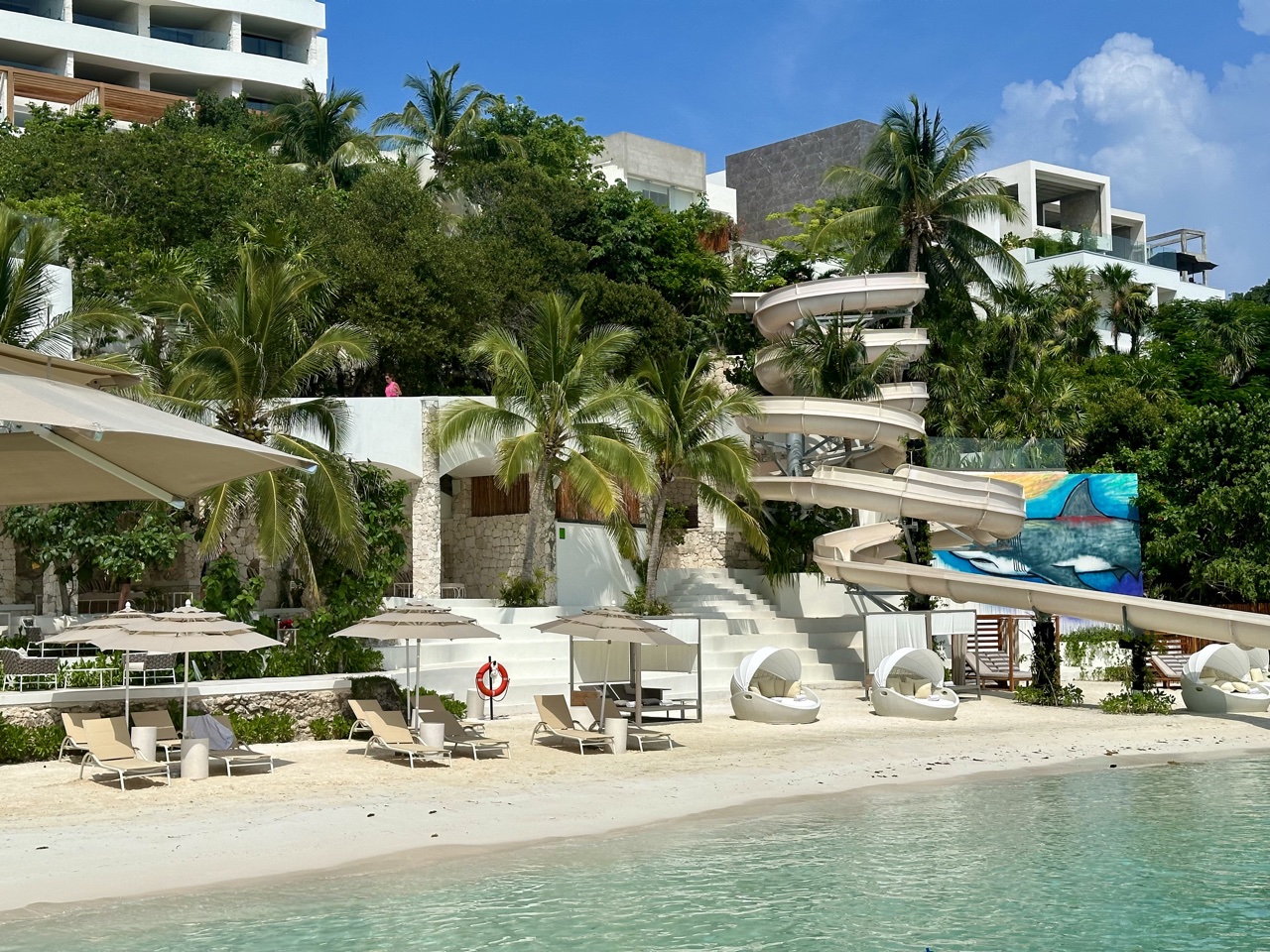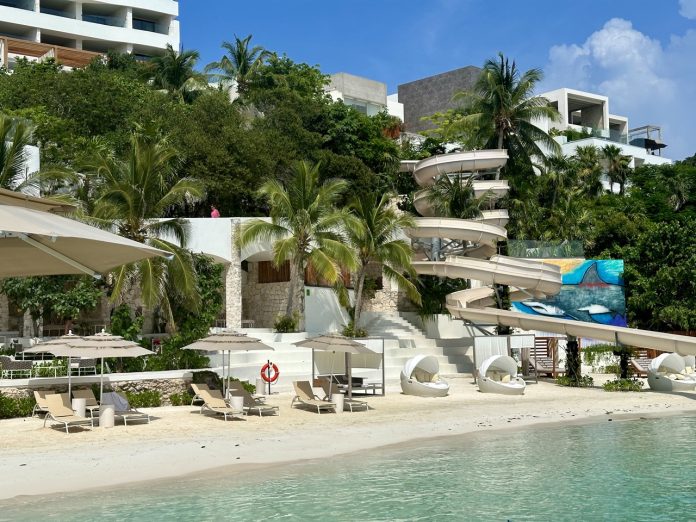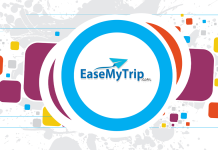Hotels.com finds Gen Z and Millennials use business travel to upgrade hotels, meals, and rewards, and they post it all while stretching trips for fun.

Background
Business travel is not just a commute with a carry-on anymore. According to the latest Hotels.com Business Trip Report, younger professionals see work trips as a chance to live a little better than they do at home. Nicer rooms, buzzy restaurants, and a steady stream of loyalty points turn a Tuesday site visit into something closer to a city break.
The headline finding is simple. A strong majority of Gen Z and Millennials say business travel upgrades their day-to-day lifestyle and they are not waiting for company policy to hand them perks. They are willing to spend, they are hungry for rewards (which is good for our hobby), and they know how to stretch an itinerary.
This is something I have been advocating for more than a decade. Instead of the Thursday night, “consultants special” jammed airport home, work from the hotel on Friday paying on points or your own dime and stay through the weekend.
What the Numbers Say
Hotels.com surveyed 2,000 U.S. adults who travel for work and found a clear generational split. Younger travelers are far more likely to pay out of pocket for a better hotel experience. They upgrade more often than older colleagues and build trips around loyalty value. Like the generations before, many funnel those hard-earned points into their next personal getaway.
Destinations also split by generation. Gen Z and Millennials daydream about Tokyo, Paris, and New York. Older travelers place London at the top of the list. Interest in Seoul is rising fast among younger professionals.
Interestingly, more experienced business travelers have moved away from traditional loyalty programs and become “free agents” more often as the changes to the programs have disaffected some of the most frequent travelers. But new travelers who have found these programs for the first time are jumping in with two feet. Maybe they are right.
The Personal Upgrade
The willingness to invest is striking. Gen Z travelers are multiple times more likely than older colleagues to pay to upgrade flights. The same group is comfortable splurging on high-end dining or entertainment while on the road. If policy allows, some will even expense a spa visit or a workout class to keep the routine intact.
Millennials tend to expense flight or room upgrades and entertainment when the rules make room for it. Older generations focus their expenses on point-to-point comfort such as taxis and private cars. Different eras, different priorities.
The study did not allow for status upgrades which more experienced travelers (“experienced” instead of older) are more likely to have accrued either from years within the program or higher end credit cards which they are more likely to hold. It’s possible both cohorts are upgrading at the same frequency by using status, points, or instruments but the study didn’t ask the question.
Content First, Then the Meeting
The report highlights how social sharing shapes behavior. Younger travelers post three to five times more per day during a trip than older peers, an unsurprising finding. But the more important question is how that sharing shapes the trips they take and experiences they have. A large share say they would even self-fund a special dinner or ticketed event if it means better content for their feeds. Some Millennials go a step further and say they would not travel for work if they could not document the experience.
That sharing impulse influences planning. A photogenic lobby, a room with a view, and a reservation at a tough-to-book spot are part of the trip value. When the content looks good, the trip feels good – even when it’s for work.
The Buddy System
Gen Z favors bringing a plus-one when possible and often wants to extend a trip to spend more time with coworkers. That extra day creates more time to explore a neighborhood, try a second restaurant, or catch a local event. It also stretches the value of the flight and the hotel night while keeping costs contained. I’m on the very oldest end of Millenial and I agree with this finding entirely.
This is also where loyalty strategy kicks in. Many travelers choose airlines and hotels with an eye toward maximizing rewards on the work dime as their older colleagues have for generations. Nearly half of respondents say they have turned those rewards into personal trips. That is the quiet engine behind the bleisure trend.
Bleisure, But Make It Intentional
Travelers want three to four extra days on average after the work is done. If a redeye buys an extra morning in the destination, many will take it. Tokyo leads the wish list for younger travelers, and it is easy to see why. The food, the design, and the transit make short extensions feel productive and fun.
Paris and New York follow closely. For older generations, London still holds the crown. Across the board, the desire is the same. Make the most of the trip once the meeting ends.
Whether their business travel takes them to these destinations is another matter.
What It Means for Brands
If you run a hotel, restaurant, or airline program, this is your audience to win. Promote add-on experiences that are easy to expense or easy to justify. Bundle late check-out with a fitness class. Offer pre-blocked dining slots for solo travelers who book through your app. Make the loyalty math obvious and the content moments effortless.
it also makes the case for investing in more premium brands in smaller markets or standing up boutiques even if those boutique properties are in places like Wichita, Dubuque, or Spokane. Creating the Instagrammable property even in these smaller markets makes smaller hoteliers stand out against the yet another select service stay at a Hampton Inn.
For employers, clear policies that allow small, thoughtful upgrades can improve traveler satisfaction without breaking budgets. A modest stipend for a premium seat, a gym pass, or a reliable airport transfer can pay off in productivity and retention.
Conclusion
The study Hotels.com produced captures what many of us see on the road. Younger professionals treat work travel as a platform for better living. They pay to elevate the experience when it matters, they chase loyalty value with intention, and they share the highlights as they go. The trip still starts with a meeting, but the upside is everything that wraps around it. Give them a path to upgrade and they will take it.
What do you think?















